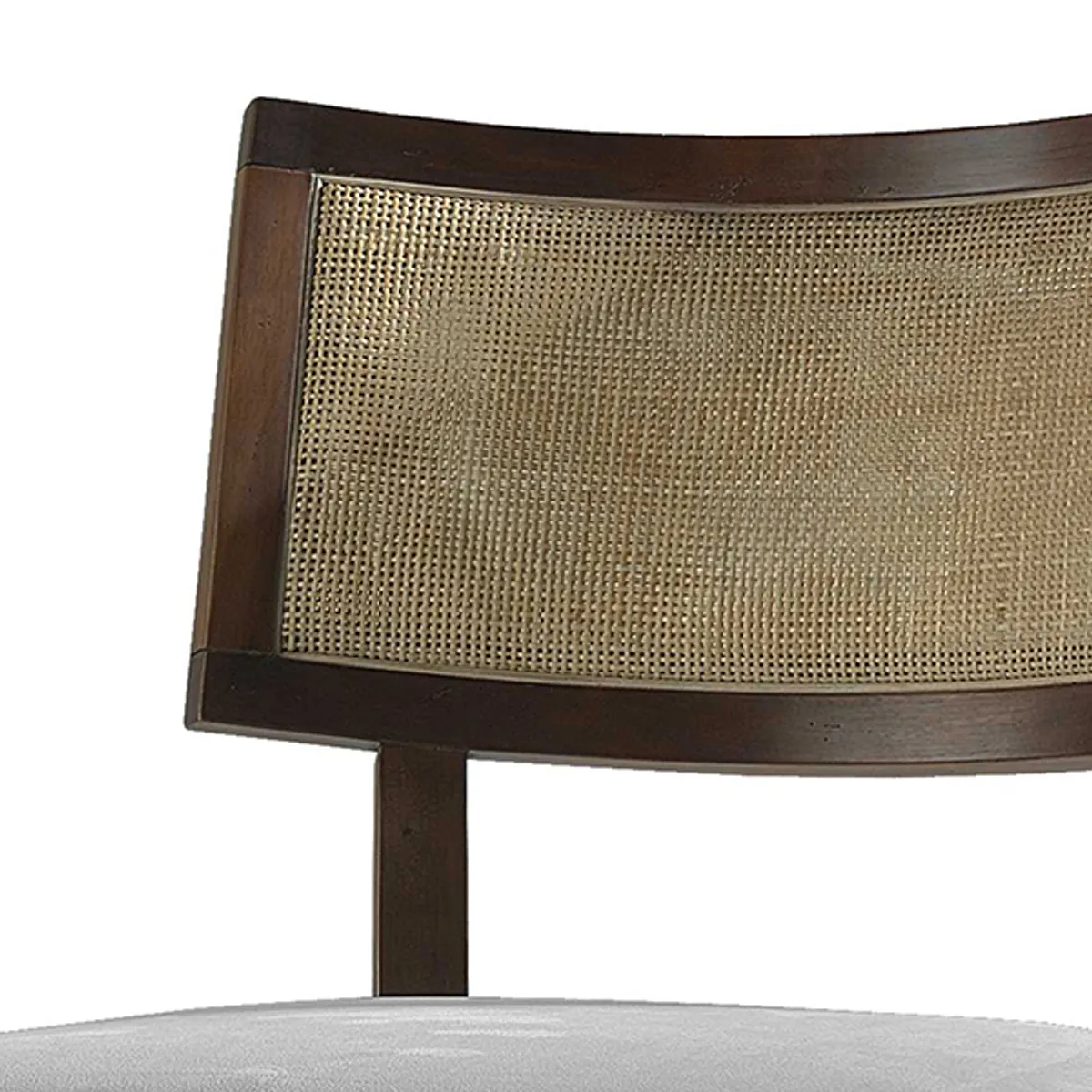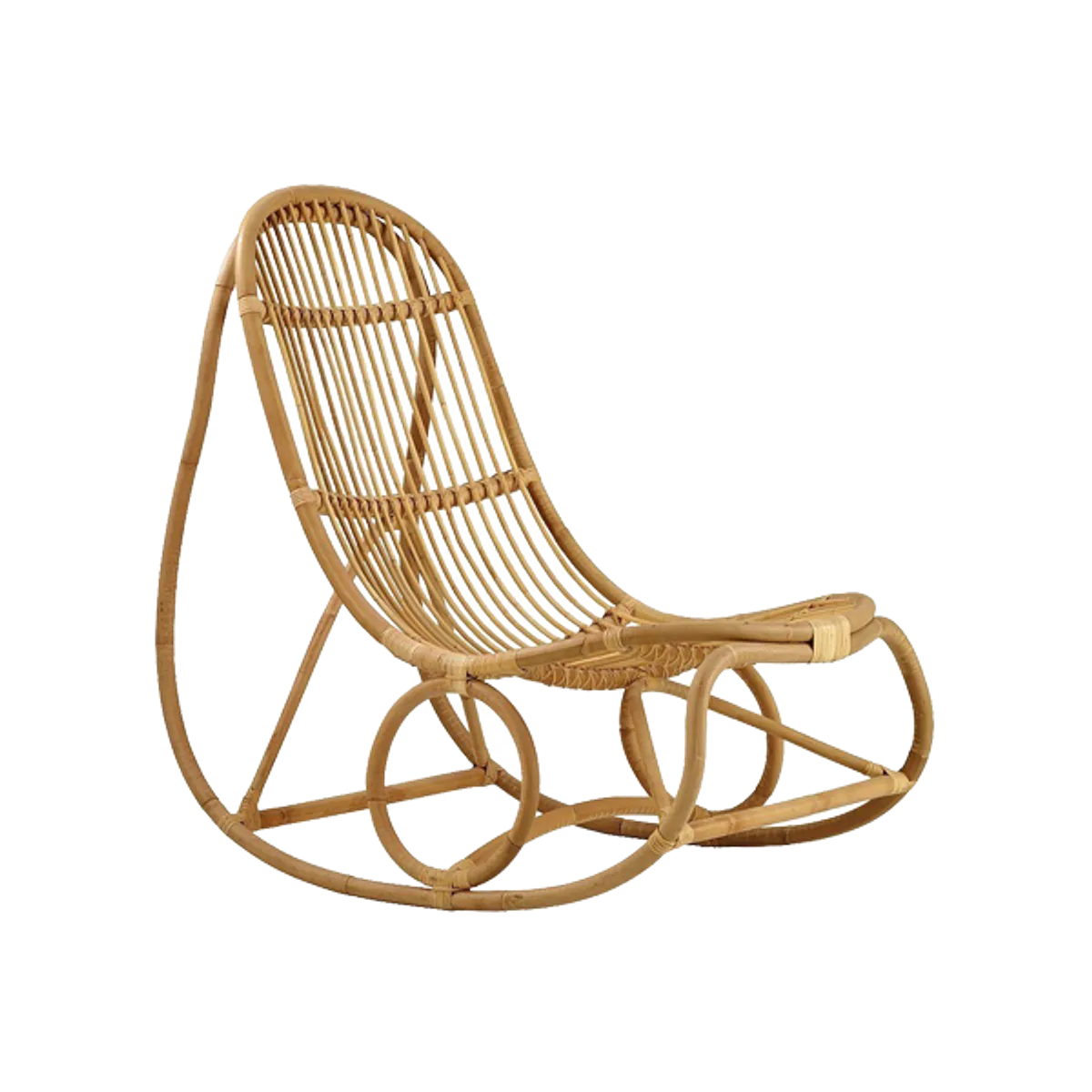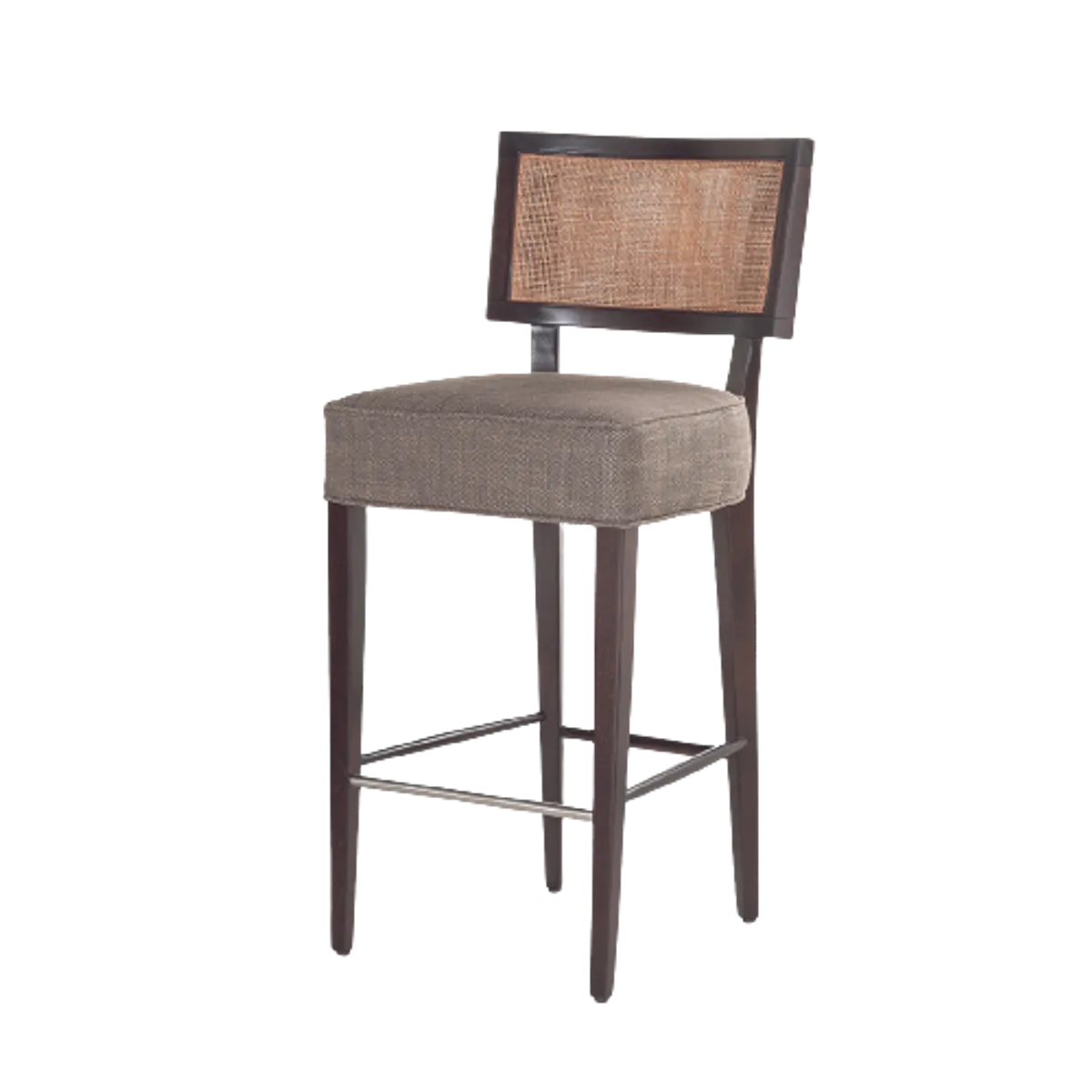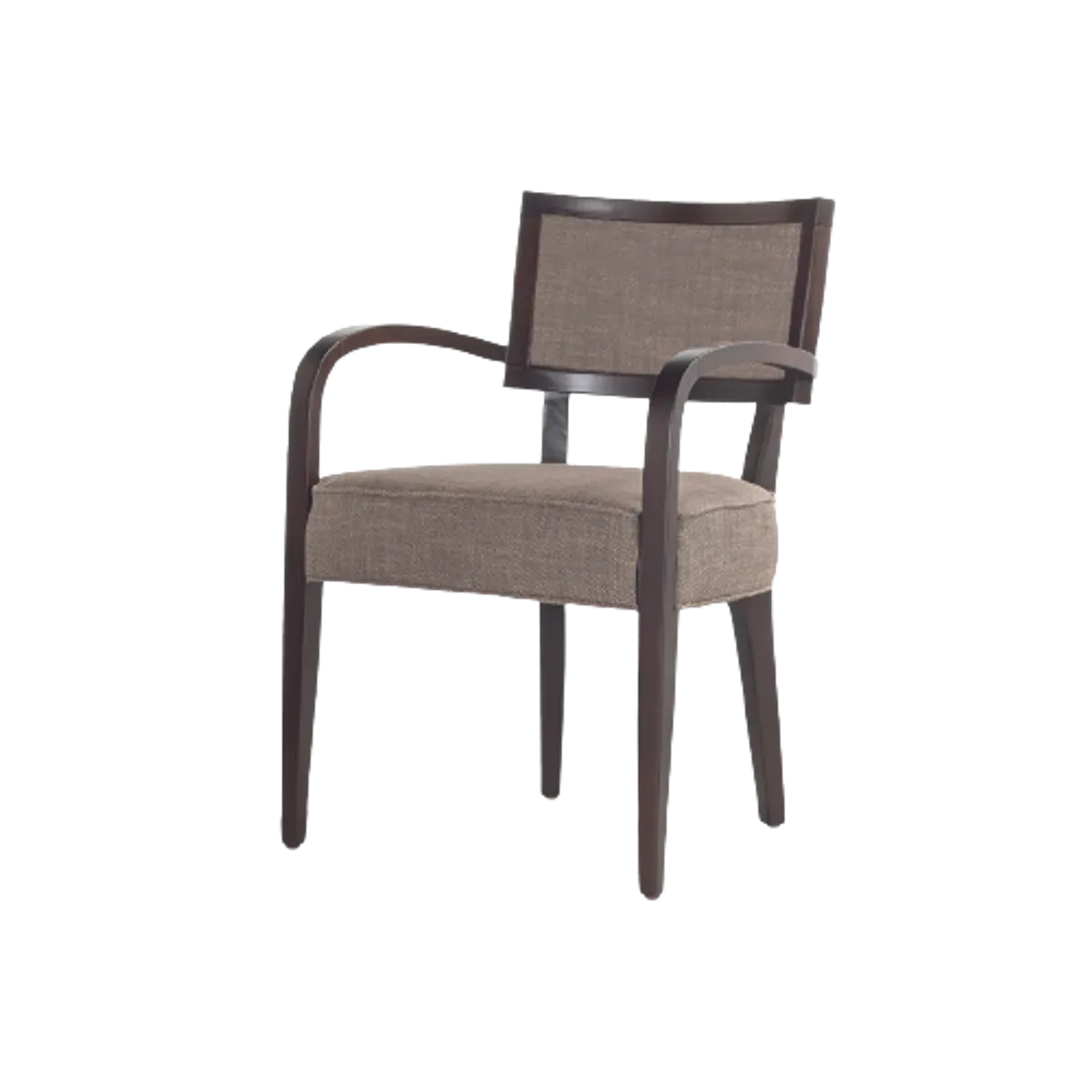In the Know | Rattan, Wicker, Cane What's the difference?
You have probably heard of these three products and, chances are, you’ve used one or more of them in your home or when purchasing indoor or outdoor furniture for a venue. The terms tend to be used interchangeably across all the products, so it’s no surprise that many people think that rattan, wicker and cane are one and the same. However, they are three very distinct products, each of which requires its own category when it comes to selecting and installing furniture. So, read on, as we explain the source and primary uses of each of these products below.

01: Rattan
Grown in tropical regions across South-east Asia and parts of Africa and Australia, Rattan is a member of the palm family that climbs up the trunks and branches of trees. A close relation to bamboo, rattan is the second-fastest-growing material (after willow), and it regenerates within five to seven years. The rattan itself is the hard, outer core of the palm plant and the other parts of the plant are used for other purposes. Rattan’s fast-growing nature and its hardiness make it perfect for use in furniture construction. It also means that it’s a lot more sustainable than certain other types of wood. However, the advantages don’t end there: this natural material also has the benefit of being both lightweight and very durable, as well as having good flexibility and natural protection against weather. All these properties probably explain why it’s such a popular choice for outdoor furniture. It can be easily moved, stacked when not in use and, as it’s more porous than other similar materials, it can be treated and painted, so will last for a long time and can be regularly spruced up to keep it looking fresh. The natural look and feel of rattan means that it also works well in conservatories, atriums, roof terraces and other indoor-outdoor spaces, particularly when paired with large plants and foliage.

02: Cane
Cane, which is sometimes called rattan cane to differentiate it from other products, is also a material that is produced from the rattan palm plant. When the palm plant is processed it is split into two parts: the core reed (rattan) and the thin interior (cane). Once you know this, it’s usually easy to recognise which furniture is made from which element. Thinner, woven elements – such as the backs of chairs – are made from cane, while furniture with larger, reed-like features that require greater strength are usually rattan.
Cane is often left in its natural state, as it is less porous and stronger than rattan which means it requires less treatment. It is very flexible so it can be used to create beautiful and intricate designs for all kinds of applications, and it is very easy to maintain so will last a long time, making it a cost-effective choice for venues.
Environmental benefits of rattan and cane
While the use of any natural materials makes environmental sense when furnishing your venue, both rattan and cane have added credentials that give them bonus points on the eco-friendly front. So, if you’re making a conscious decision to try and choose products that have less impact on the environment, here’s some more reasons to choose these materials.
• Pesticides and fertilisers are not necessary for cultivating the palm plant
• The materials are Co2 neutral because of the rapid growth of the palm plant
• The products are recyclable
• As palm plants grow best on and under trees, they indirectly protect trees and forests

03: Wicker
Where rattan and cane are materials, wicker refers to the actual process of weaving natural materials and is the collective term for woven furniture. As such, you may see cane or rattan furniture referred to as ‘wicker furniture’, ‘wicker cane’, or ‘wicker rattan’. Wicker does not only refer to rattan and cane, it can also involve willow, bamboo and reed. More recently, it has been used as a process for synthetic materials too. It is a technique that is thousands of years old, as it requires only natural materials, skill and time to produce hardwearing, useful products such as baskets, boxes and floor matting. Natural wicker isn’t weatherproof, so it’s worth noting that any products made using this technique shouldn’t be intended for outdoor use. With regards to wicker furniture, it will require different maintenance to rattan or cane, so always check the care details when you buy wicker furniture. If you’re using rattan or cane furniture for your exterior project, then complementing it with wicker inside your venue will create a flow between the spaces.
When you’re next considering one of these products for your venue, you can now choose the one that works best for its intended position and usage. Although they have similarities and their origins are the same, rattan and cane have their own unique properties, making each more suited for different purposes, while wicker is a process that links them together.
Do you have a question?
You can request a call with one of our creative furniture experts today.
Let us know when is the best time and method to contact you and we will get in touch to discuss your query or project.
Looking for a particular product?
Inside inspiration
Join us on Instagram to follow our recent projects.
Inside Out Contracts
Building 16, 42 Creek Road, London SE8 3FN
Sales: +44(0)20 8305 3130
Production: +44(0)20 8305 3136
Design: +44(0)20 8305 3139
Company No. 02841010
VAT No. 752 0164 61









































